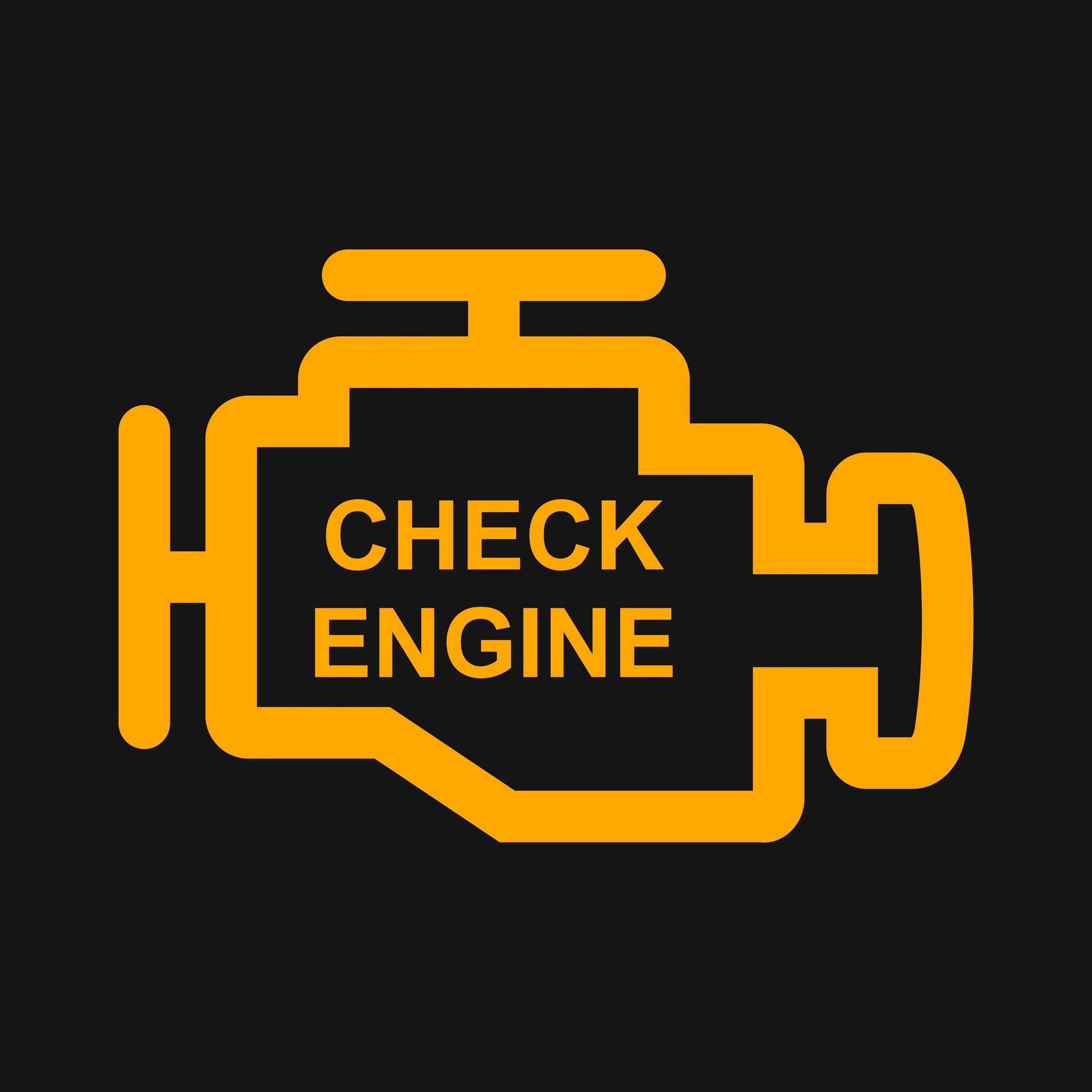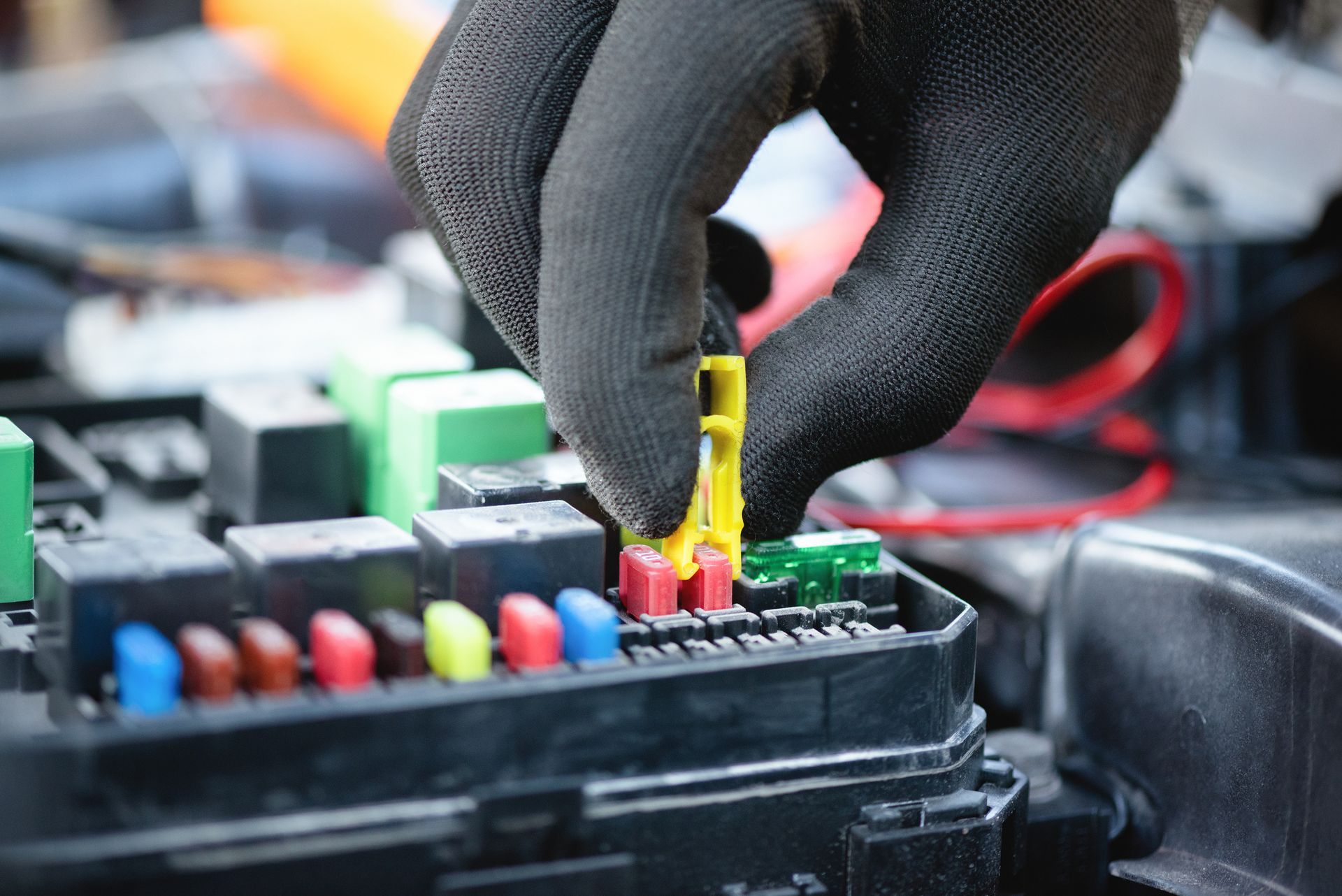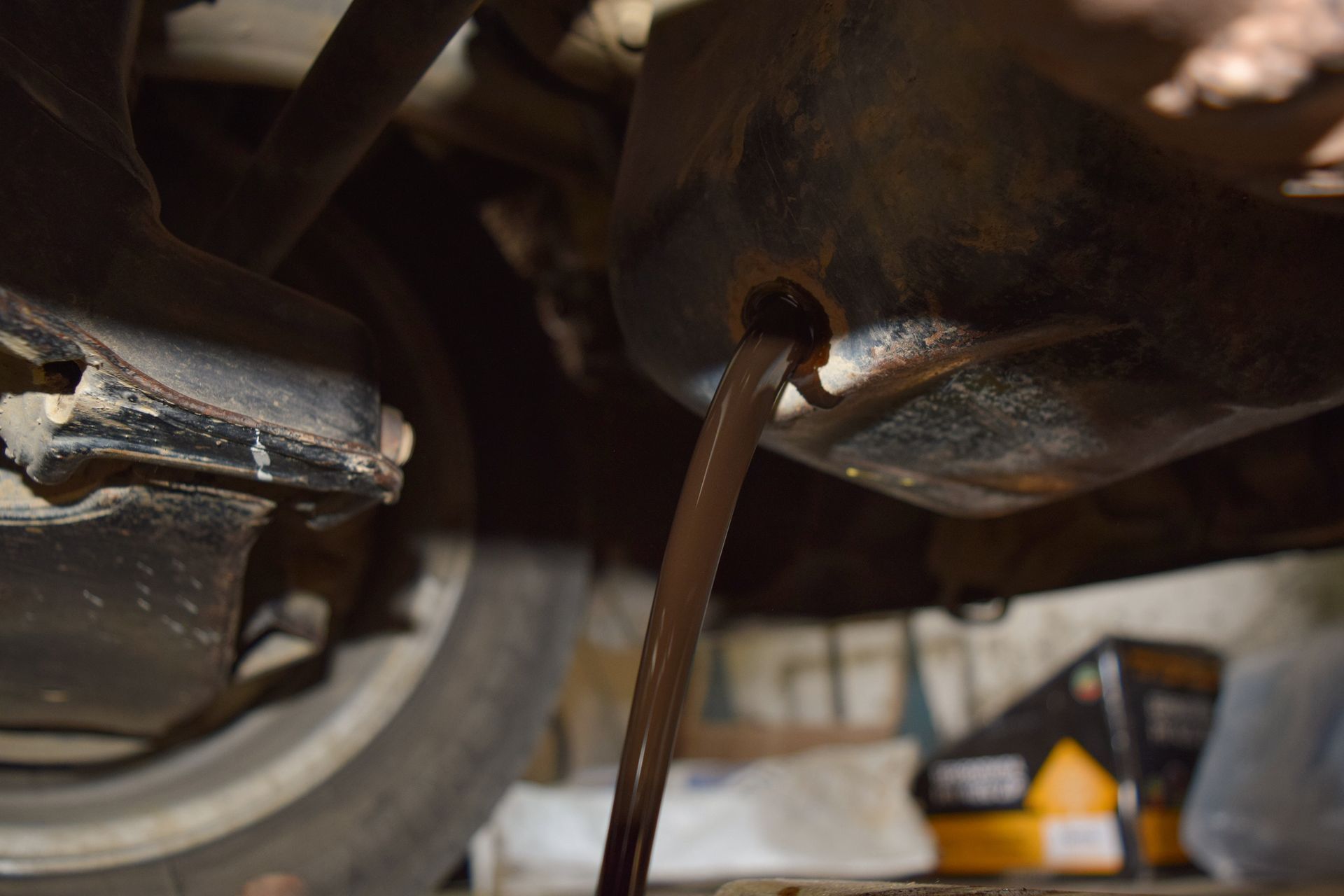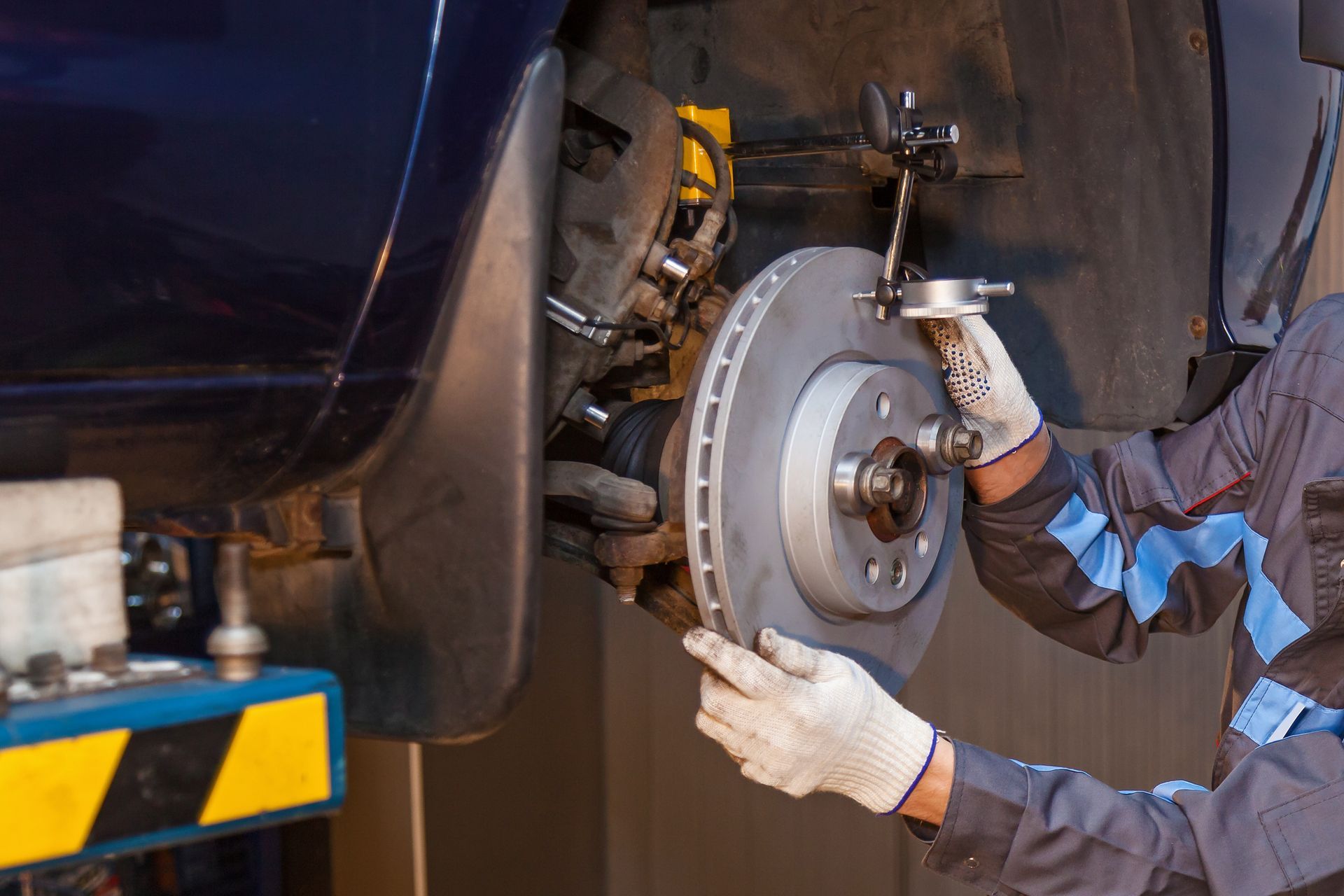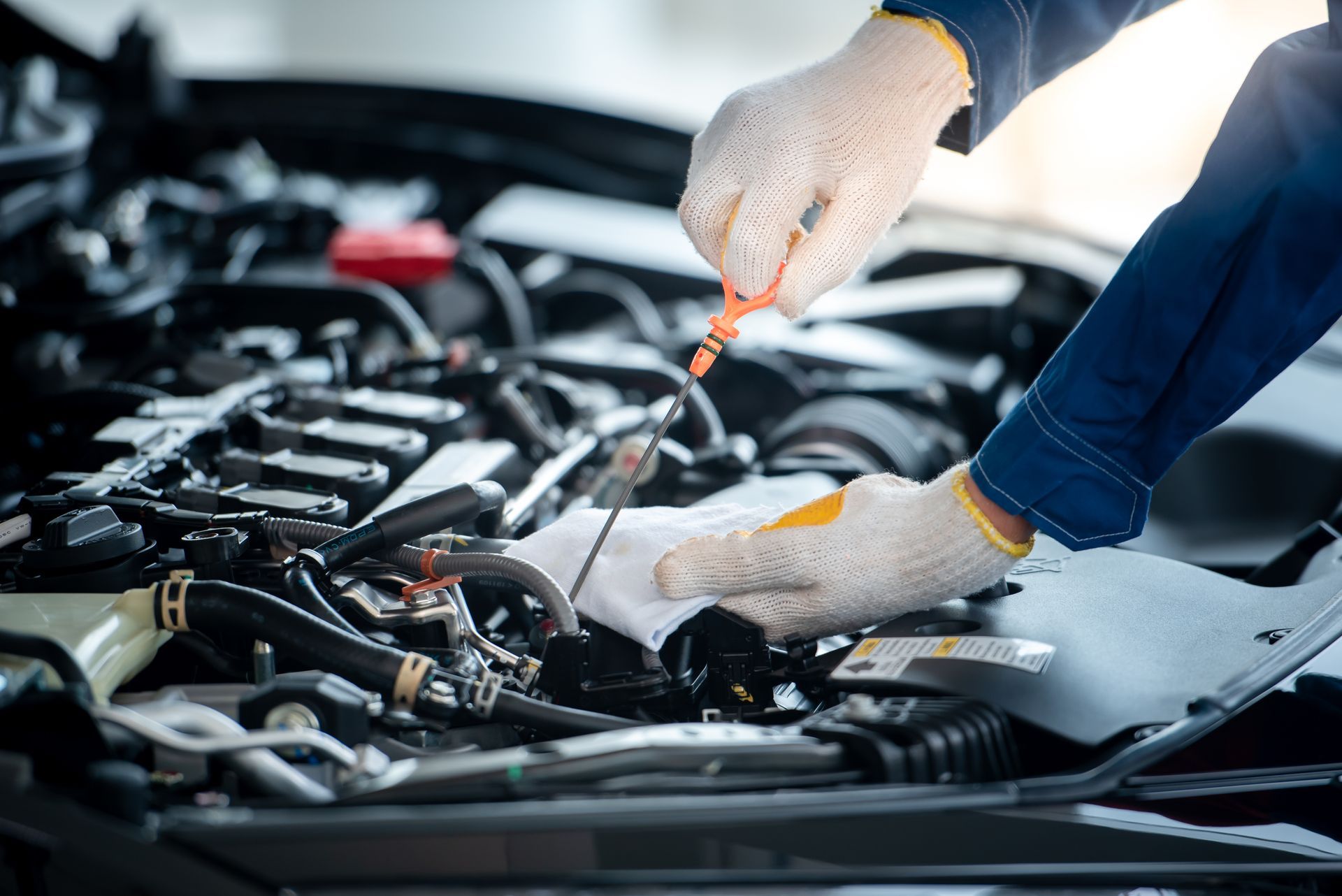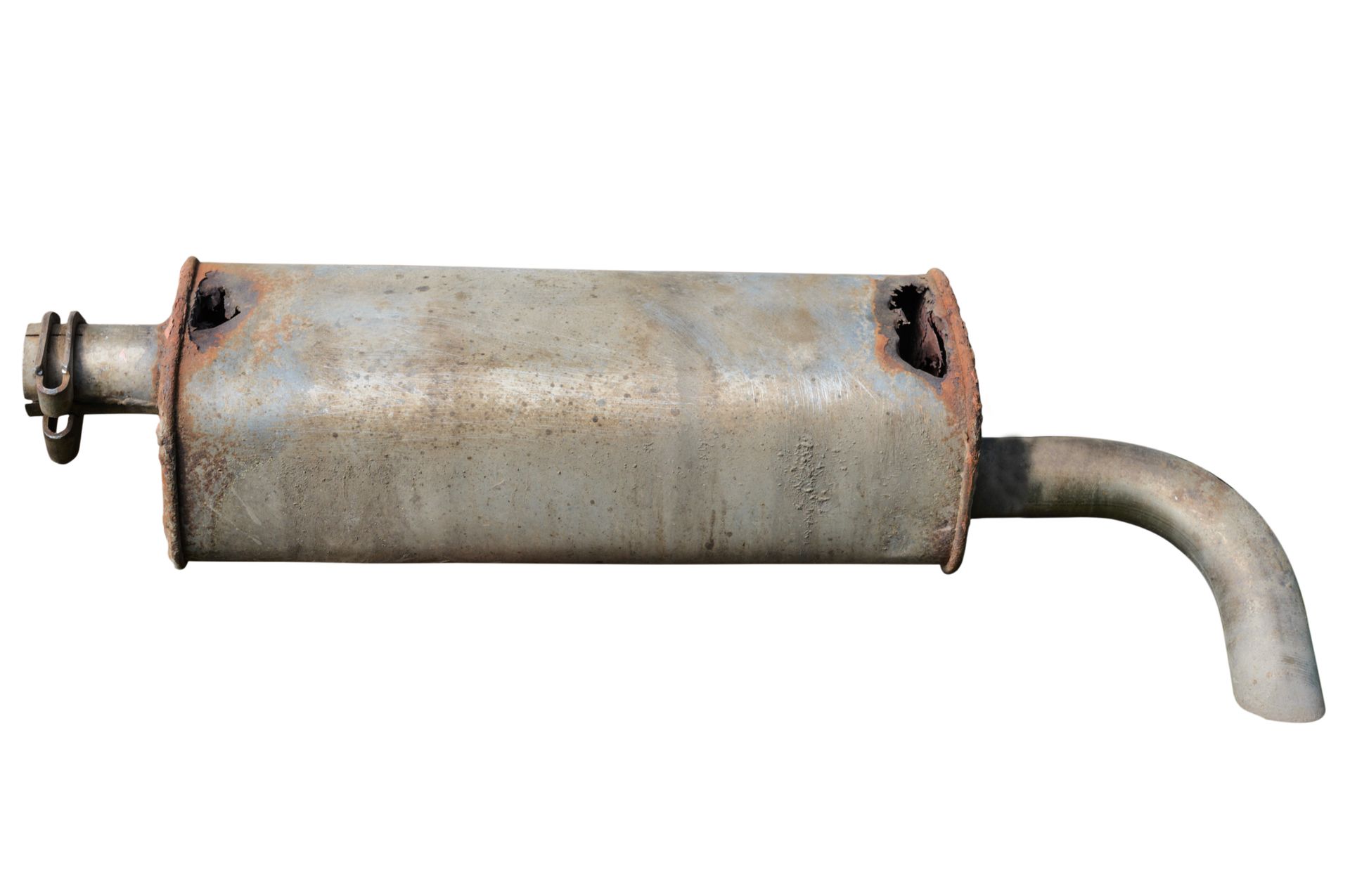When the temperatures drop in Alberta, car trouble becomes a lot more common. Cold mornings can be rough on your engine, and getting your vehicle started may feel like a gamble. That’s where a block heater makes a big difference. It’s a simple tool with a big payoff: easier starts, less engine wear, and better performance when you need it most.
If you’ve never thought about using one before, here are five good reasons why drivers in cold climates should seriously consider it.
1. Easier Cold Starts in Subzero Temperatures
Engine oil thickens as temperatures fall. In extreme cold, it can become so thick that your engine struggles to turn over. A block heater warms the engine and the oil inside it, making it much easier to start your vehicle in the morning. You won’t have to sit there cranking the ignition or risk draining your battery trying to get it going.
2. Reduces Wear on Engine Components
Starting a cold engine is one of the harshest things you can do to it. Cold starts mean internal parts move without proper lubrication for the first few moments, increasing friction and long-term wear. When your engine is pre-warmed with a block heater, oil flows more freely right from the start, reducing that stress and helping your engine last longer.
3. Improves Cabin Heat and Defrost Performance
In the dead of winter, a warm cabin means comfort, but it’s also a safety feature. A block heater helps the engine warm up more quickly, which means your heater and defroster get to work faster. That means clearer windows, better visibility, and less time scraping frost off your windshield before heading out.
4. Boosts Fuel Efficiency During Warm-Up
Cold engines burn more fuel. Until your vehicle reaches its ideal operating temperature, it uses more gasoline to maintain power and performance. By pre-warming your engine with a block heater, you shorten the warm-up period and reduce fuel consumption. That means you’ll use less gas just idling in your driveway.
5. Helps the Battery and Starter Last Longer
Cold starts are hard on batteries. When the temperature plummets, your battery’s cranking power drops. Combine that with thick engine oil and a sluggish starter, and your battery may be drained faster than usual. A block heater reduces the load on both the battery and starter motor, which means they don’t have to work as hard every morning.
When and How to Use a Block Heater
In most cases, plugging in your block heater for 2 to 4 hours before driving is enough. Many people use a timer so the heater turns on before they leave for work. There’s no need to leave it running all night. If temperatures drop below -15°C, using the block heater becomes especially helpful.
Make sure the extension cord is in good condition and properly rated for outdoor use. Also, check that the outlet you’re using is grounded. If you're unsure whether your vehicle already has a block heater installed, one of our technicians can help you find out.
Block Heaters Are Worth It in Alberta
Living in Alberta means dealing with some pretty harsh winters, and your vehicle feels it too. Installing and using a block heater is one of the simplest ways to prevent winter breakdowns and protect your engine. Whether you’re heading out on a long drive or just trying to get to work in the morning, it gives you a better start to the day, literally.
Cold-Weather Vehicle Prep at Shawnee Station Automotive in Calgary, AB
At Shawnee Station Automotive in Calgary, our team is ready to help you winterize your vehicle and get the most out of tools like block heaters. If you need installation, inspection, or just advice on how to care for your car during freezing conditions, we’re here to help.
Book your visit today and let our technicians make sure your vehicle is ready for the coldest days of the year.



